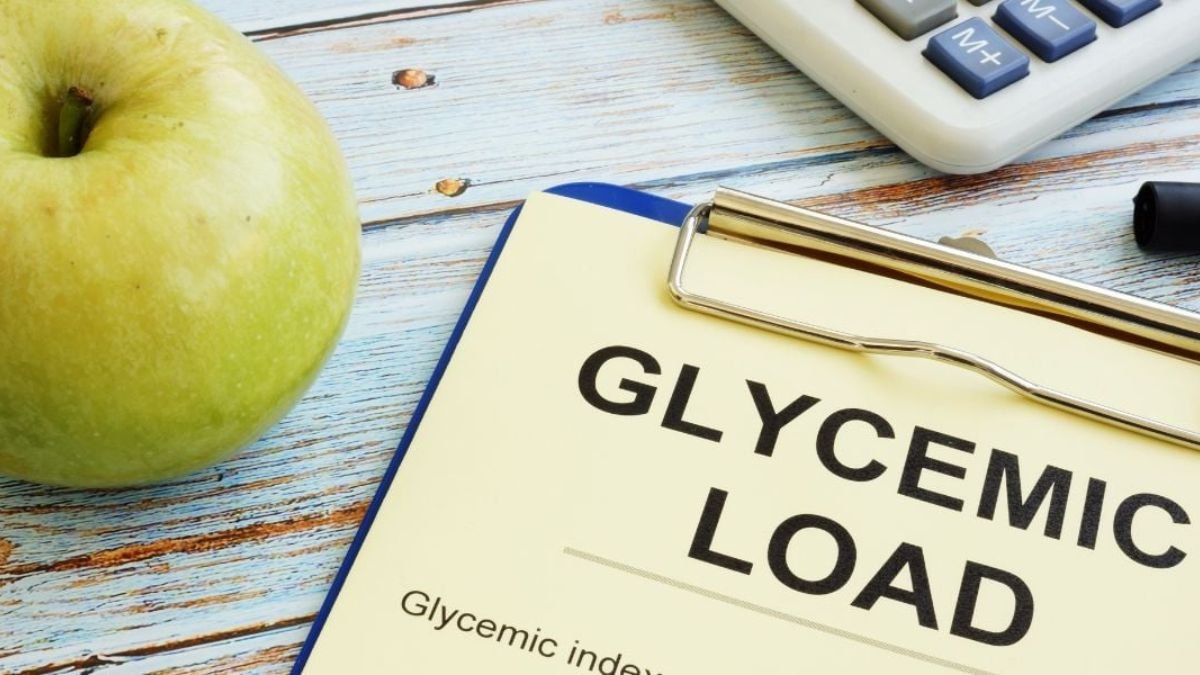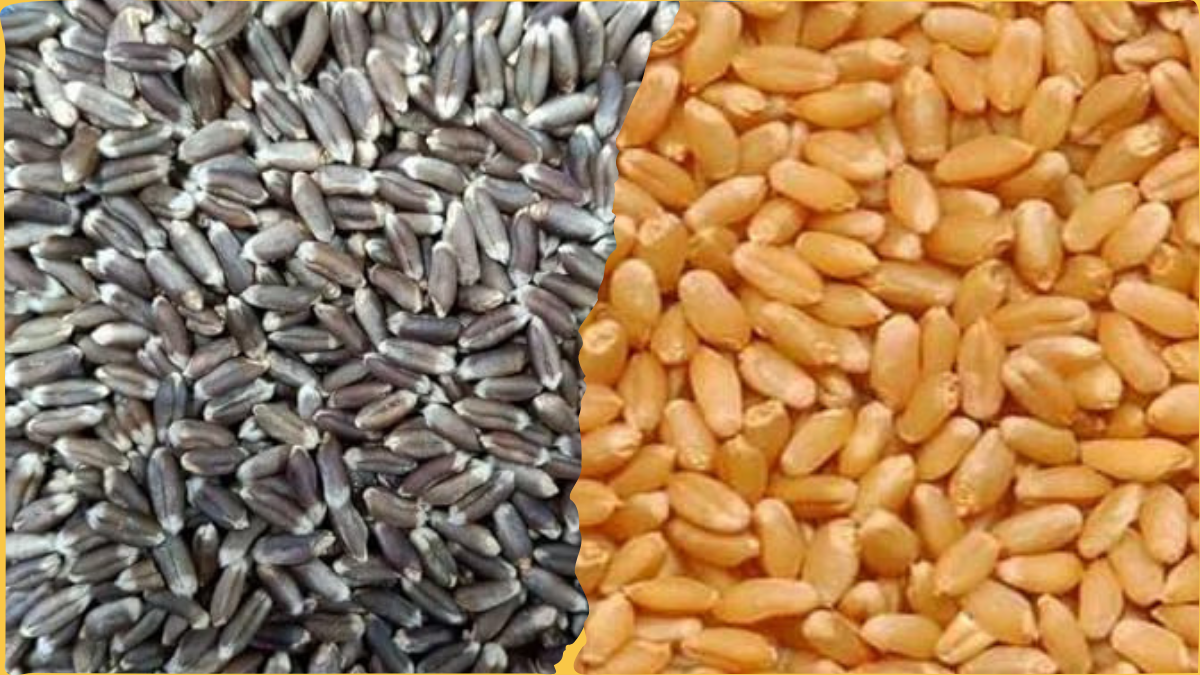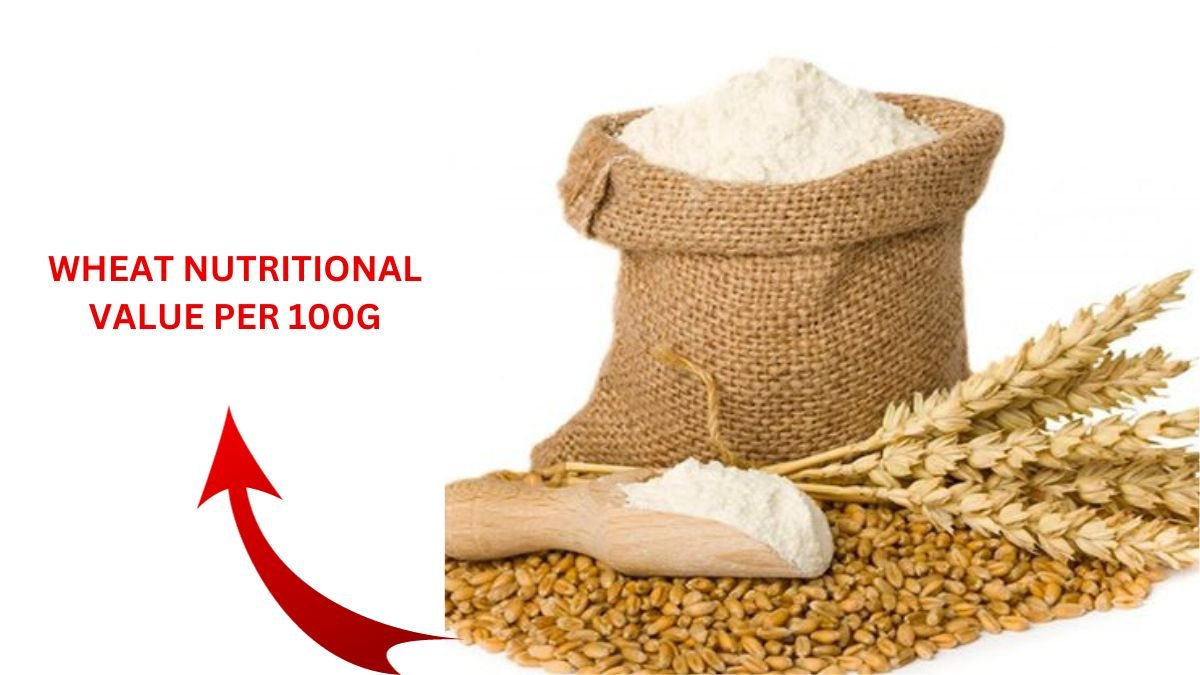Glycemic load (GL) is a measurement that takes into account both the quantity and quality of carbohydrates in a specific portion of food. It combines the glycemic index (GI) of a food with the actual amount of carbohydrates in a serving, giving a more accurate understanding of how food affects blood sugar levels.
Chat Now Gehuwala- Click Here
Here are some frequently asked questions (FAQ) about glycemic load:
1. What is glycemic load (GL)?
Glycemic load is a measurement that considers both the quality and quantity of carbohydrates in a serving of food. It is calculated by multiplying the glycemic index of a food by the grams of carbohydrate in a typical serving, then dividing by 100.
2. How is glycemic load different from glycemic index (GI)?
While the glycemic index ranks foods based on how quickly they raise blood sugar levels, glycemic load goes further by considering the actual amount of carbohydrates in a standard serving. This provides a more comprehensive picture of the effects of food on blood sugar.
3. How is glycemic load calculated?
Glycemic load is calculated using this formula: Glycemic Load = (GI of the food) × (grams of carbohydrates per serving) / 100.
4. What do different glycemic load values indicate?
A low glycemic load (GL < 10) is considered low, moderate (GL 11-19) is considered moderate, and high (GL > 20) is considered high. Lower GL values indicate a smaller impact on blood sugar levels.
5. Why is glycemic load important?
Glycemic load provides a more accurate representation of how a typical serving of food affects blood sugar than using GI alone. It helps in making better dietary choices by considering both the quality and quantity of carbohydrates consumed.
6. How can glycemic load be useful for meal planning?
Understanding the glycemic load of foods can help create balanced meals. Combining low glycemic load foods with foods rich in protein, healthy fats and fiber can help manage blood sugar levels and provide sustained energy.
7. Can glycemic load help with diabetes management?
Yes, glycemic load is beneficial for individuals with diabetes as it helps estimate the effect of different foods on blood sugar levels. Choosing foods with a low glycemic load may contribute to better blood sugar control.
8. Which foods typically have low glycemic loads?
Foods with a low glycemic load often include most vegetables, fruits with low sugar content, legumes, nuts, seeds and moderate amounts of whole grains.



